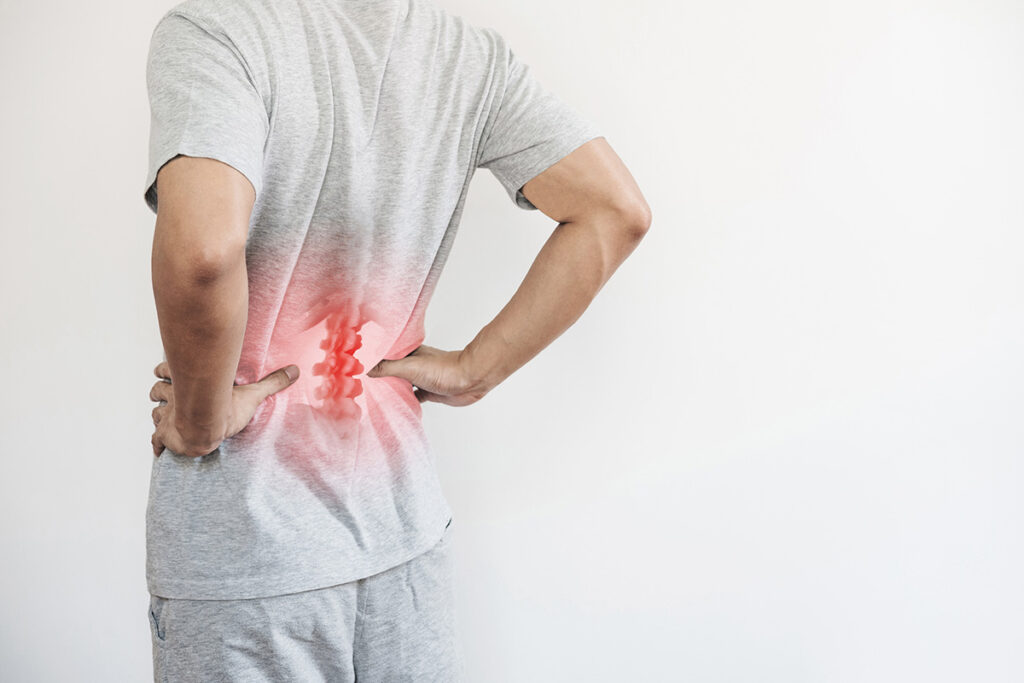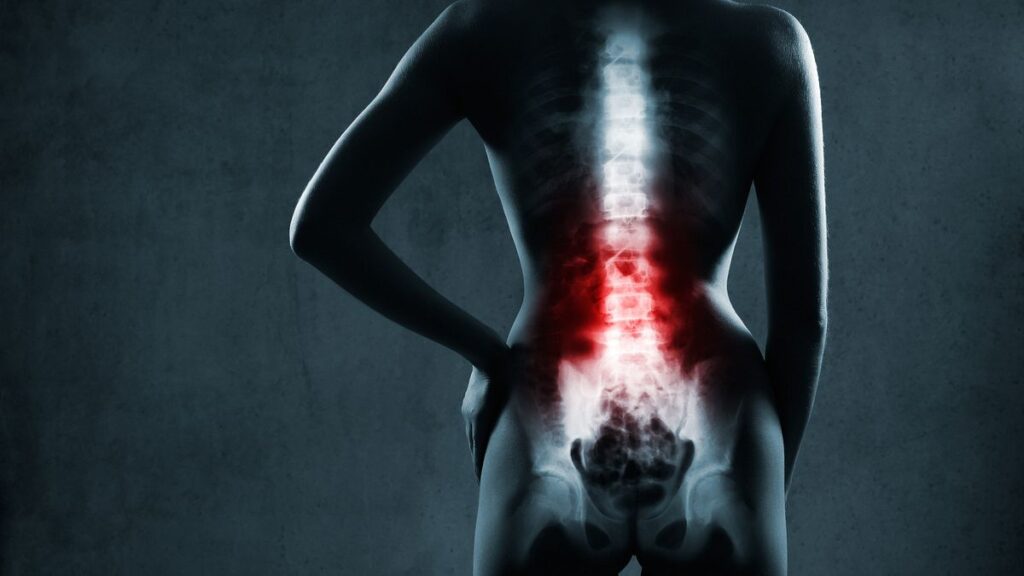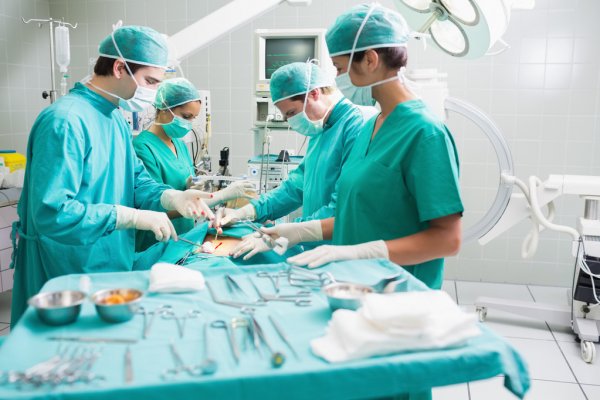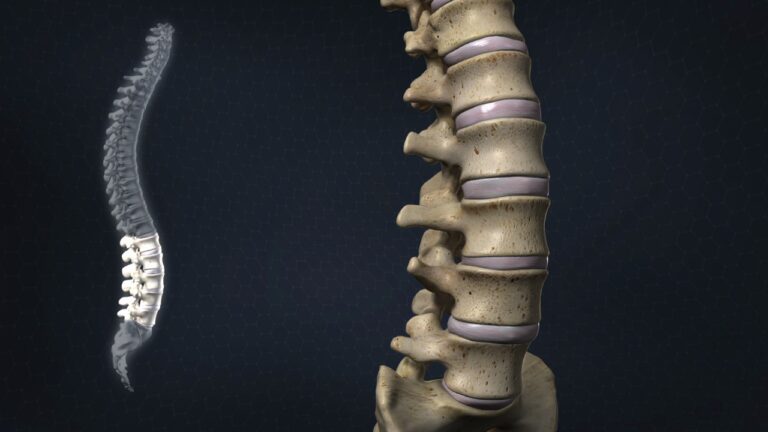Medical statistics show that spinal pathologies are among the most common ailments. Treatment of such diseases involves the use of medication and physical therapy. Surgical methods such as laminectomy, discectomy, and vertebroplasty are used for strictly vital indications, when they are the only chance to restore lost functions.
What is a laminectomy?

The human spine is a complex system of vertebrae consisting of a round anterior portion and a posterior arch. Together, this structure forms the spinal canal, whose main function is to protect the spinal cord.
When any pathology develops in the spine, the nerve roots surrounding the vertebrae and the entire spinal column structure become compressed. During the laminectomy process, the vertebral arch is removed, thereby relieving pressure on the nerve endings. After surgery, the patient experiences relief in general well-being and disappearance of pain symptoms.
Indications for surgery
The indications for laminectomy vary widely. However, it is always performed only when medication fails to produce a positive result.
The main indications for laminectomy are impingement of the spinal nerve roots or narrowing of the spinal canal.
If a patient is diagnosed with an intervertebral hernia, a laminectomy is indicated to facilitate access to the main focus of inflammation. Similar indications are provided when a malignant or benign spinal tumor is diagnosed.
Indications for surgery may include:
- Bony growths on the spine.
- Adhesive process.
- Movement disorders due to compression of the spinal canal or traumatic damage to the spinal cord.
- Disorders of the pelvic organs (disorders of urination).
It is important to remember that vertebral laminectomy is performed in exceptional cases when the pathology of the spine is progressing and the main therapies are not giving proper results.
The need for surgery may be due to the patient exhibiting certain symptoms:
- Acute pain in the back, often radiating to the lower extremities.
- Numbness of the extremities due to compression of the nerve endings of the spine.
- Pain of different nature and weakness in the legs (the pathological condition progresses if the patient stays in an uncomfortable position for a long time).
- The development of the pathology negatively affects the performance of many internal organs and systems, the patient has urinary incontinence, bowel disorders, sexual impotence.
The clinical picture of the patient is checked by the doctor by means of laboratory and instrumental examinations, the result of which determines the actual need for a laminectomy, read more about the procedure here touchofhealthmedical.com .
Limitations to laminectomy

Surgical manipulation is contraindicated in the following cases:
- The presence in the body of an infectious or inflammatory process.
- Pregnancy (due to increased risk of premature birth or miscarriage).
- Heart failure in severe stages.
- Diseases of the respiratory system in the acute stage.
- Disorders of clotting.
- Diabetes mellitus in the decompensation stage.
- Weak immunity.
- Poor well-being of the patient.
Types of laminectomy
Surgical manipulation may be prescribed to the patient as a diagnostic (when a biopsy or spinal canal revision is required) or therapeutic procedure.
Decompressive laminectomy is divided into several subtypes:
- Laminotomy – fixing the dislocated area of the spine without removing the arch.
- Hemilaminectomy – dissection of one vertebral arch of a particular vertebra, with the spinous process retained.
- Total – removal of the flank along with the spinous process.
- Interlaminar – part of the arches of the other vertebrae and the yellow ligaments are removed along with the flange.
- Bone-plastic – a “patch” of autograft is placed on the damaged vertebra.
- Laminectomy including spondylodesis (with vertebral fixation).
The course of the operation

The preparatory phase of surgery includes:
- 7 days before the day of surgery, the patient must stop taking a course of coagulants (if any were prescribed to him). If it is impossible to give up the medications, strong drugs must be replaced by less dangerous analogues.
- The patient’s body is checked for allergies to certain medications used during the operation.Surgery
- Six hours before laminectomy, the patient must give up eating, smoking, and all other bad habits.
- Immediately before surgery, the patient’s body is freed from jewelry, false teeth.
Surgical technique:
- A surgical incision is made along the affected vertebral processes, with a width not exceeding 3 cm.
- The tissue is pulled apart to provide access to the desired part of the spine.
- A single flank or several spinous processes are removed, depending on the nature of the pathology.
- The wound is sutured.
- If the laminectomy was used as the primary step in the main surgery, the surgeon continues with further surgical manipulations after the removal of the vertebral arch.
After surgery, the patient is sent to the ICU, where the following parameters are monitored:

- cardiac system activity (pulse, blood pressure);
- lung function (respiratory rate);
- function of the urinary system (if necessary, the bladder is catheterized).
The patient’s rehabilitation continues in the usual ward, where he is transferred one day after laminectomy if there are no complications. The patient is allowed to get out of bed and walk slowly.
In the first few days there are strong painful sensations, painkillers are prescribed to eliminate them. A course of antibacterial agents is indicated to prevent infections.
The stitches are removed on the 7th-10th day after surgery. During the same period, if there are no complications, the patient goes home.
Rehabilitation at home
The rehabilitation period after laminectomy is quite long, it can last from 2 to 4 months, depending on the well-being of the person.
During this period it is forbidden:
- Lifting weights.
- Bending the spine.
- Stay for a long time in a monotonous posture (standing, sitting).
- It is forbidden to drive vehicles.
Complications

- Bleeding.
- Infection.
- Thrombophlebitis.
- Damage to the spinal cord or nerve roots.
- Bladder atony.
Laminectomy is successful in 80% of cases, and negative consequences are rare. The surgery eliminates the symptoms of the pathology and restores the function of the spine.

